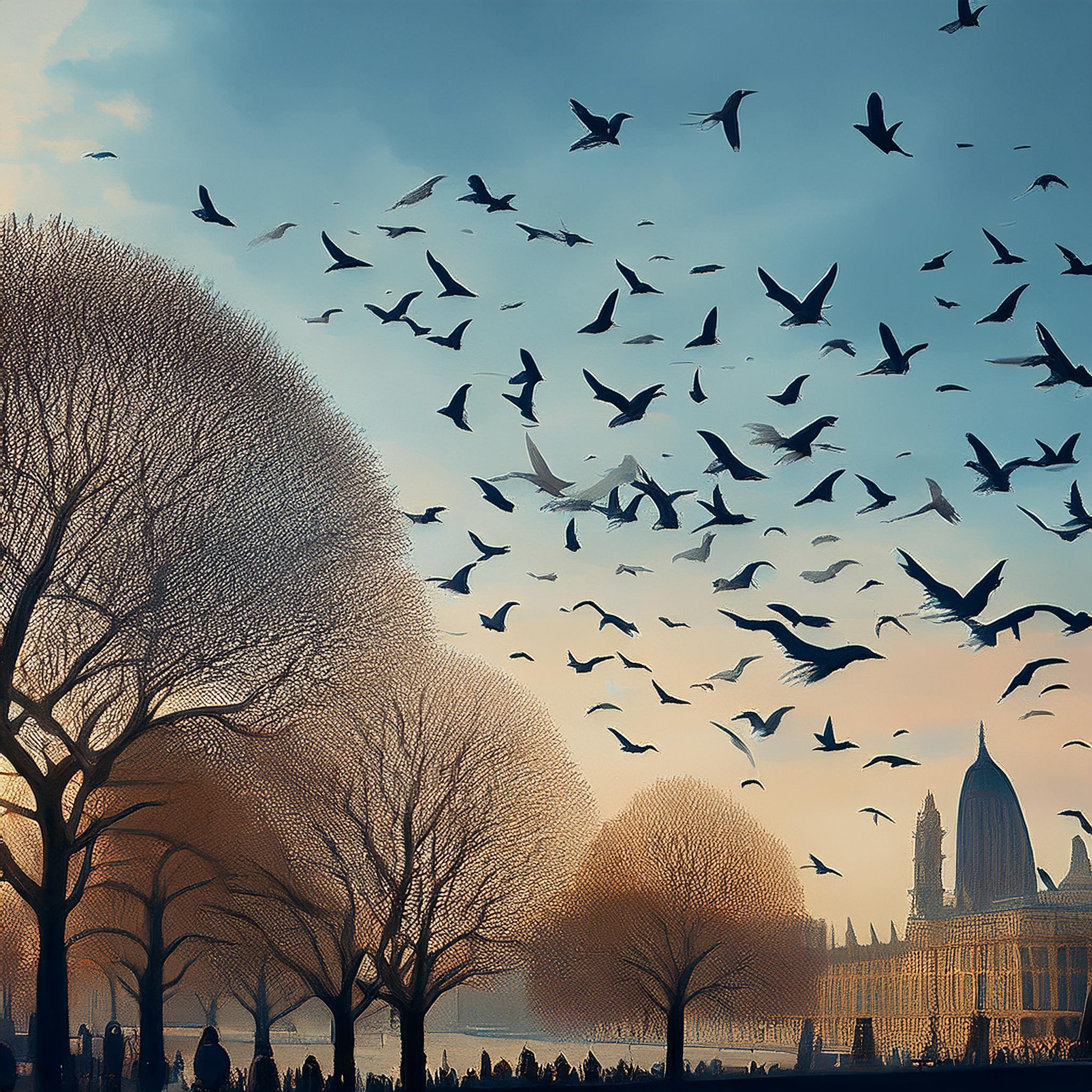
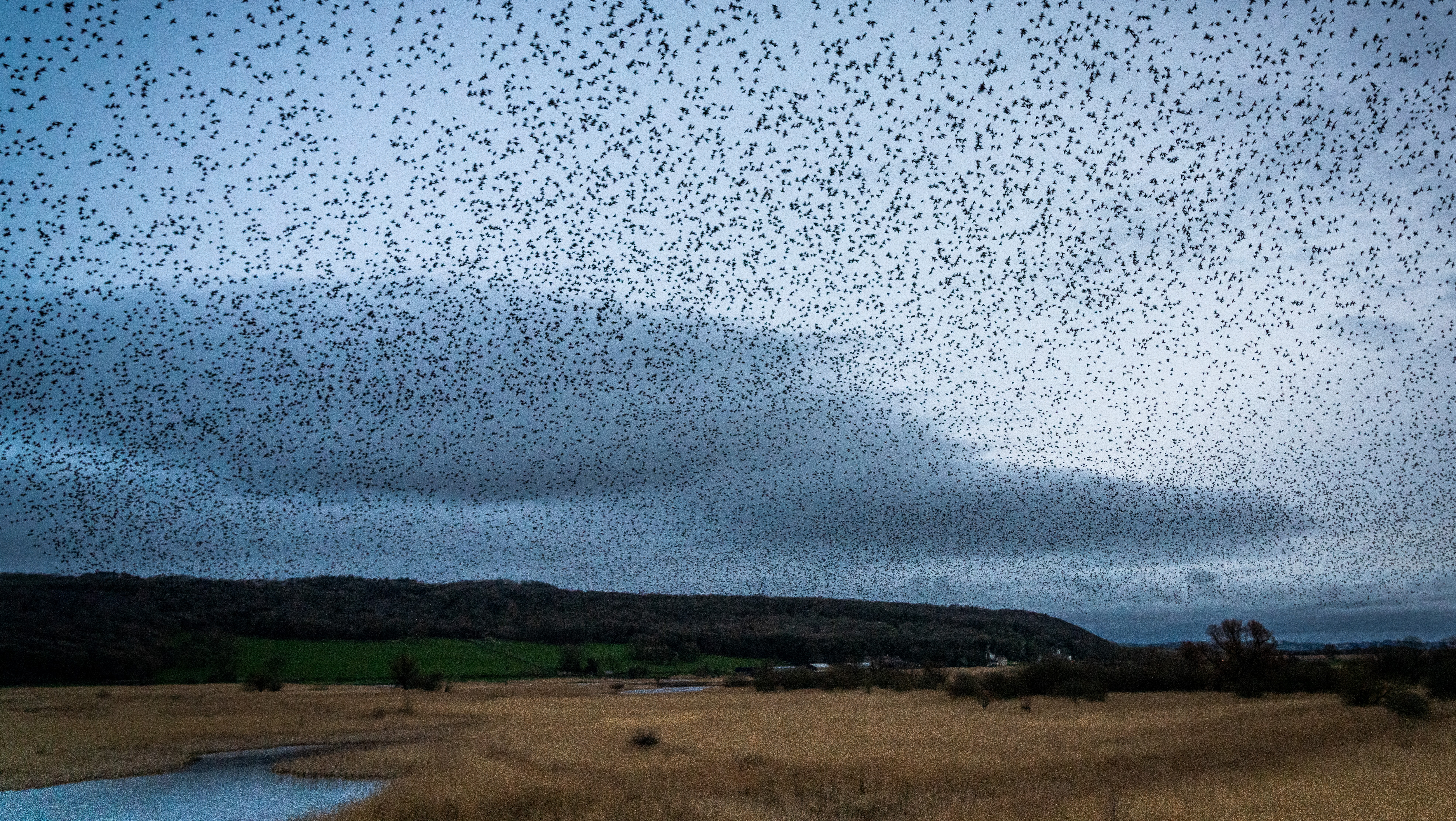

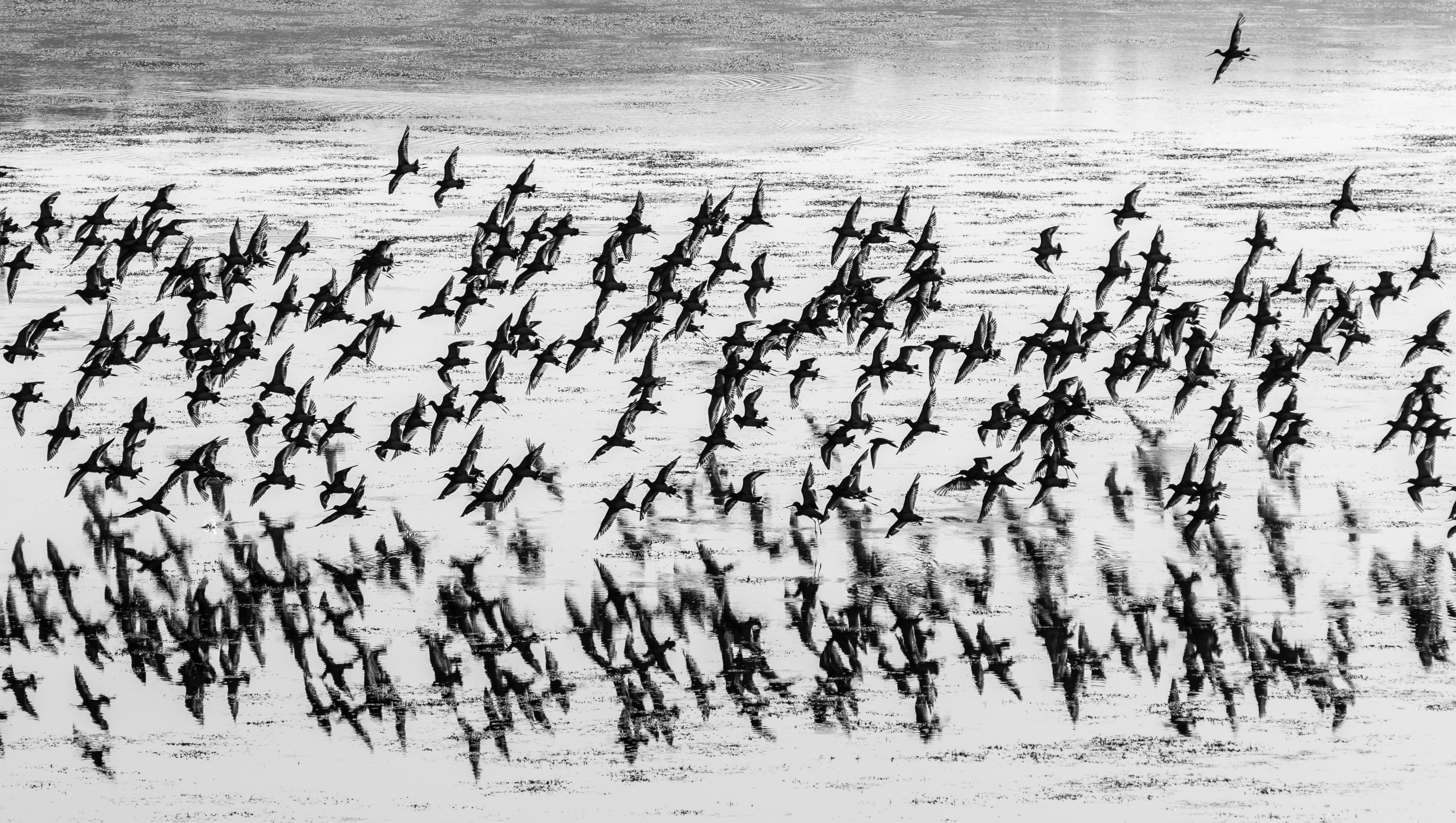

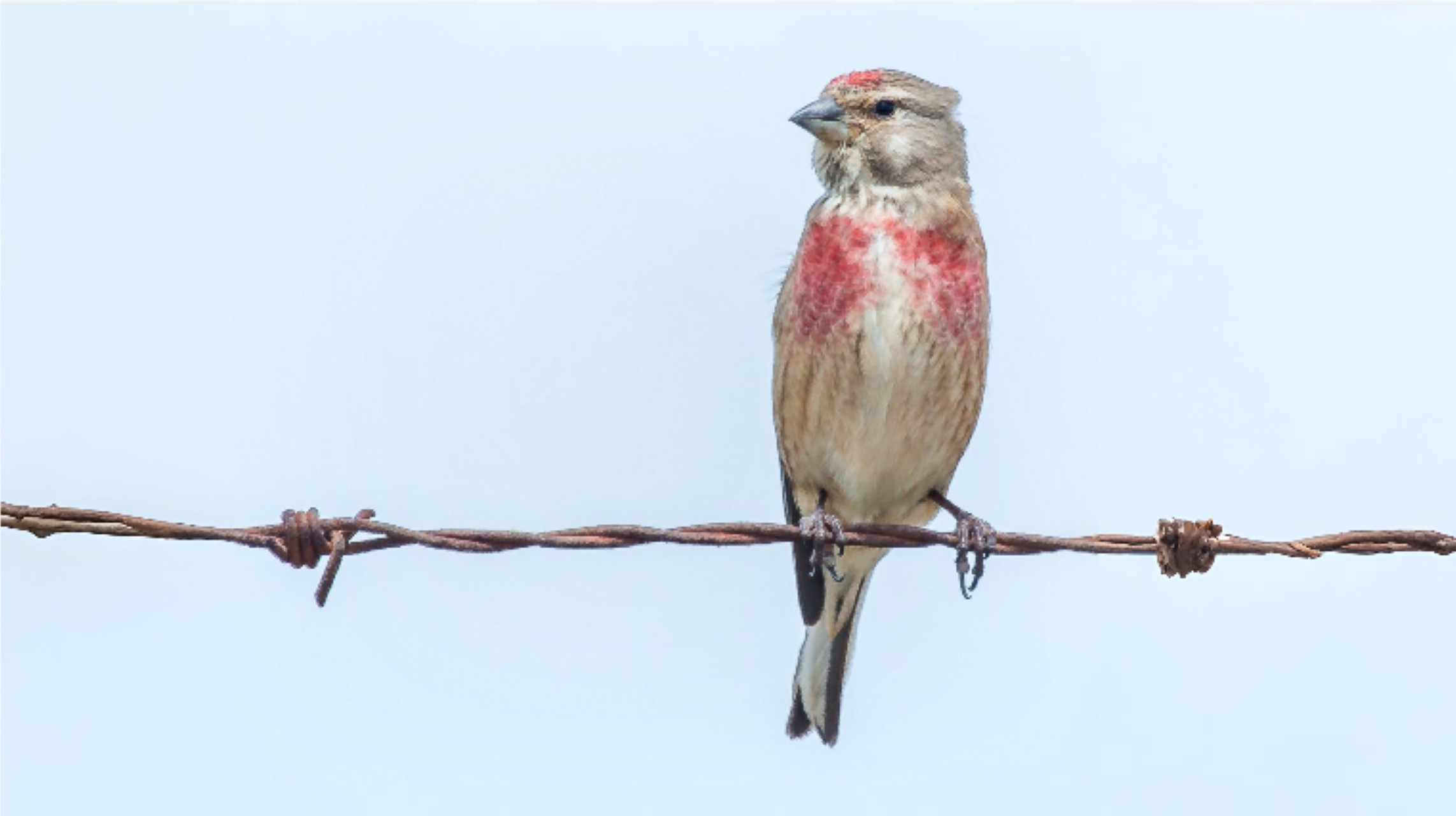

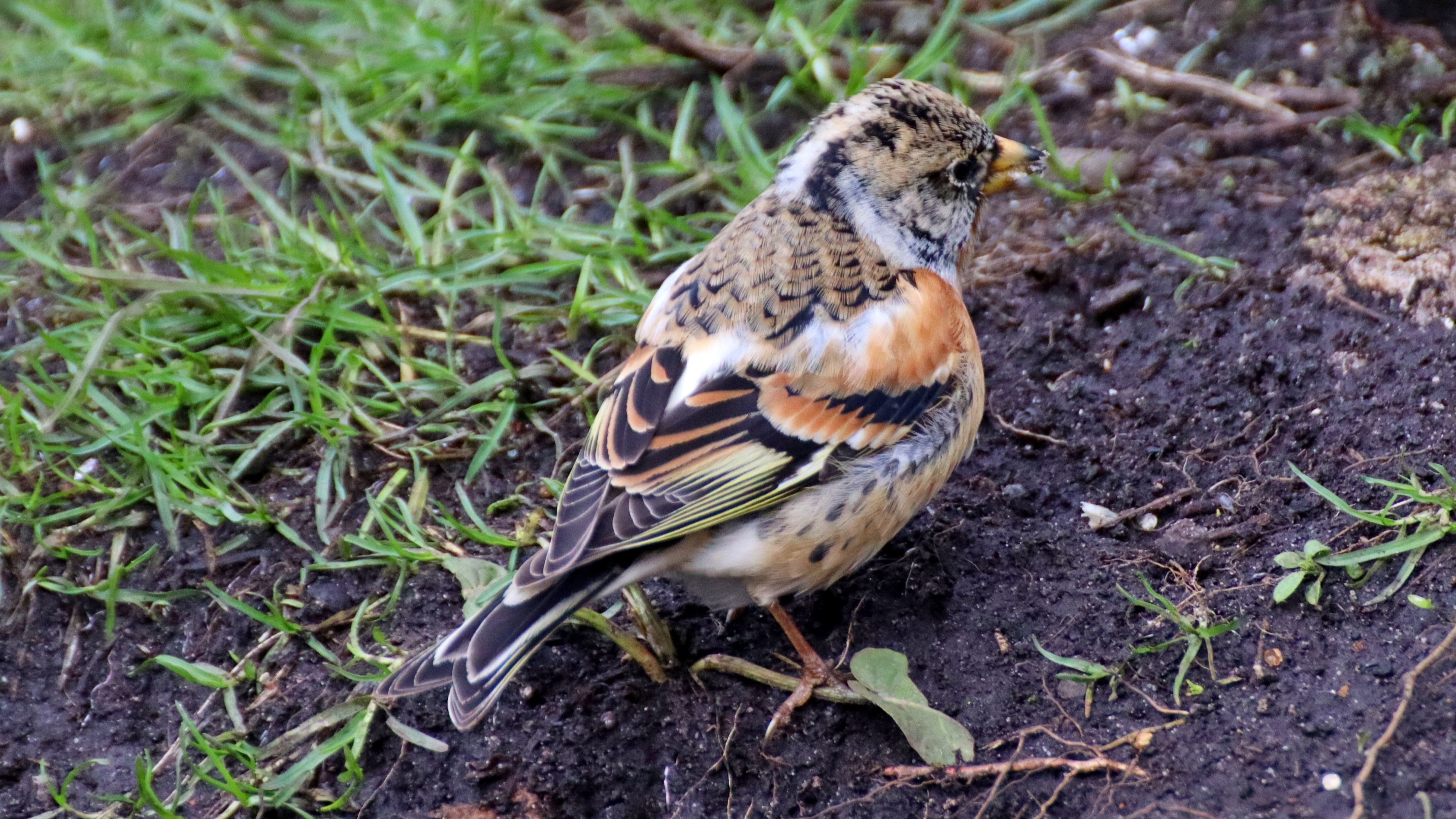

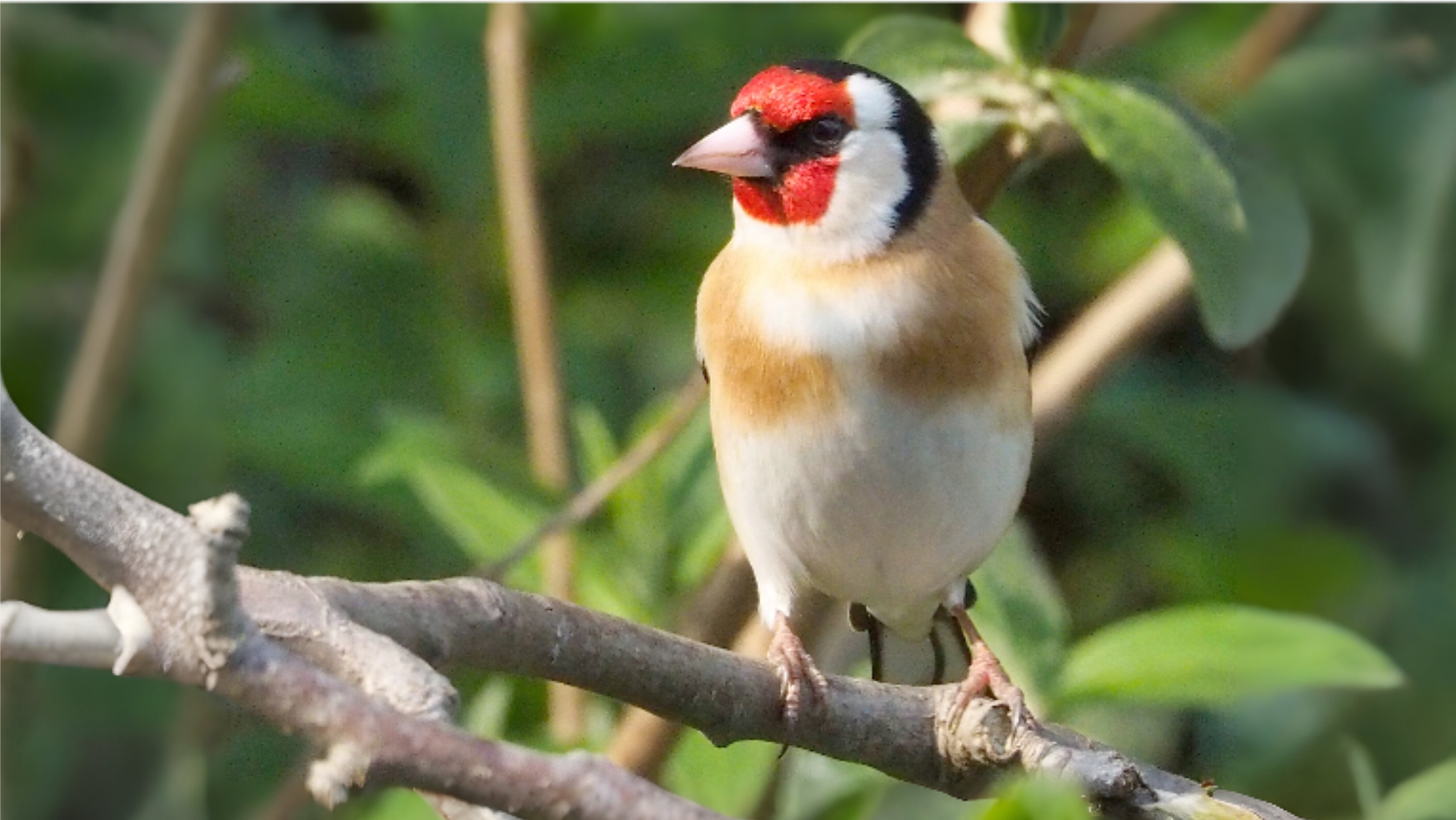

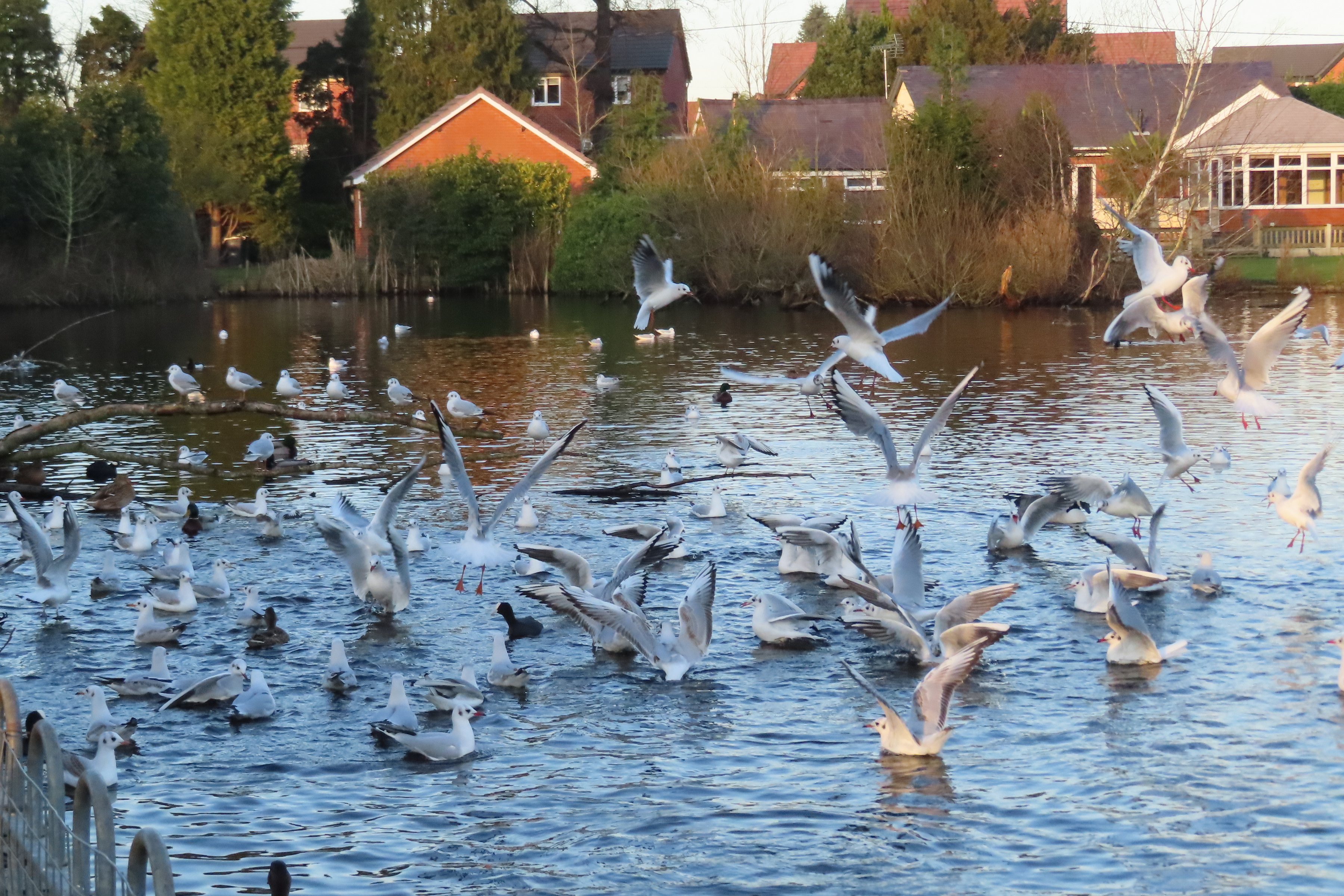

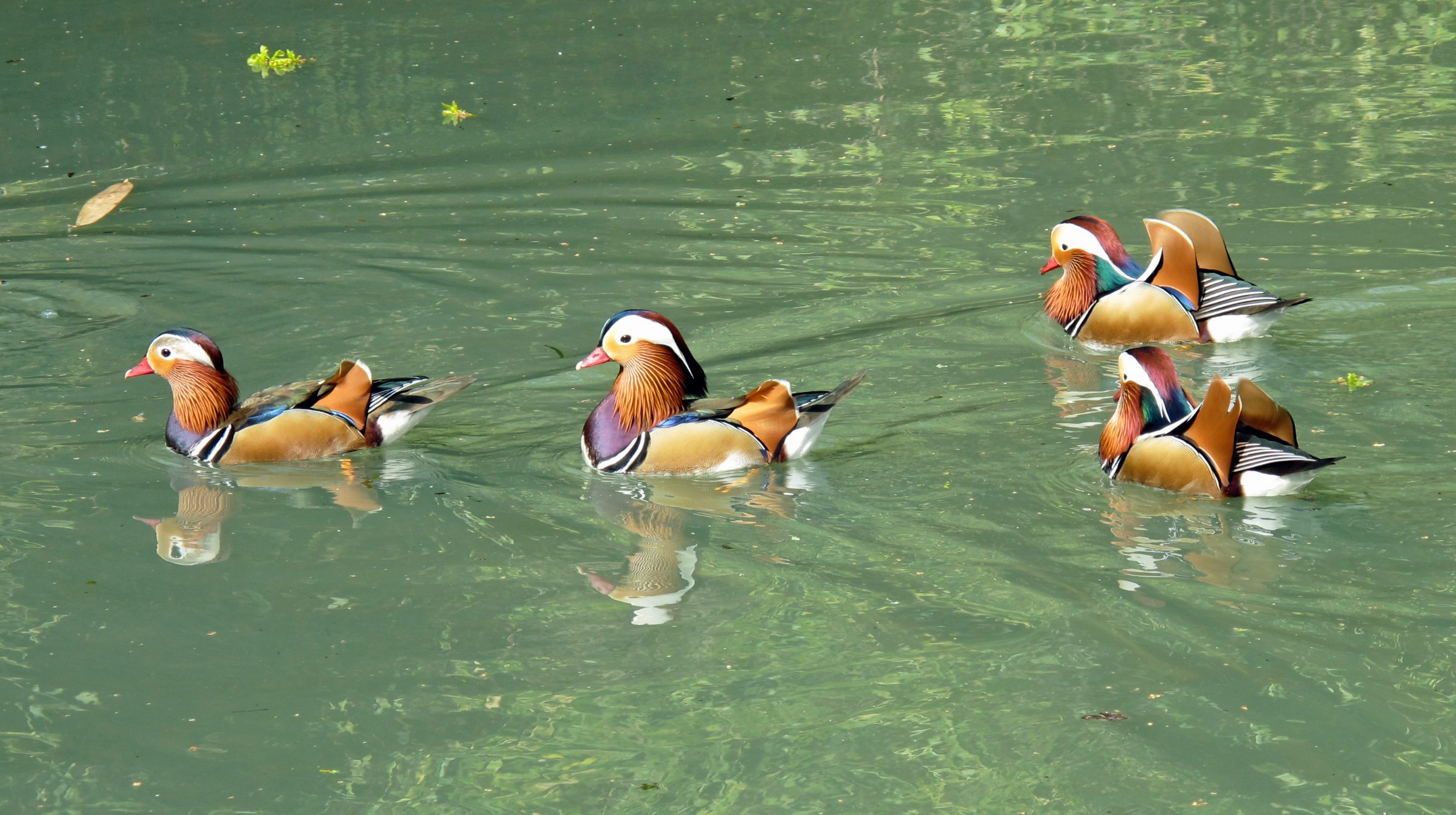

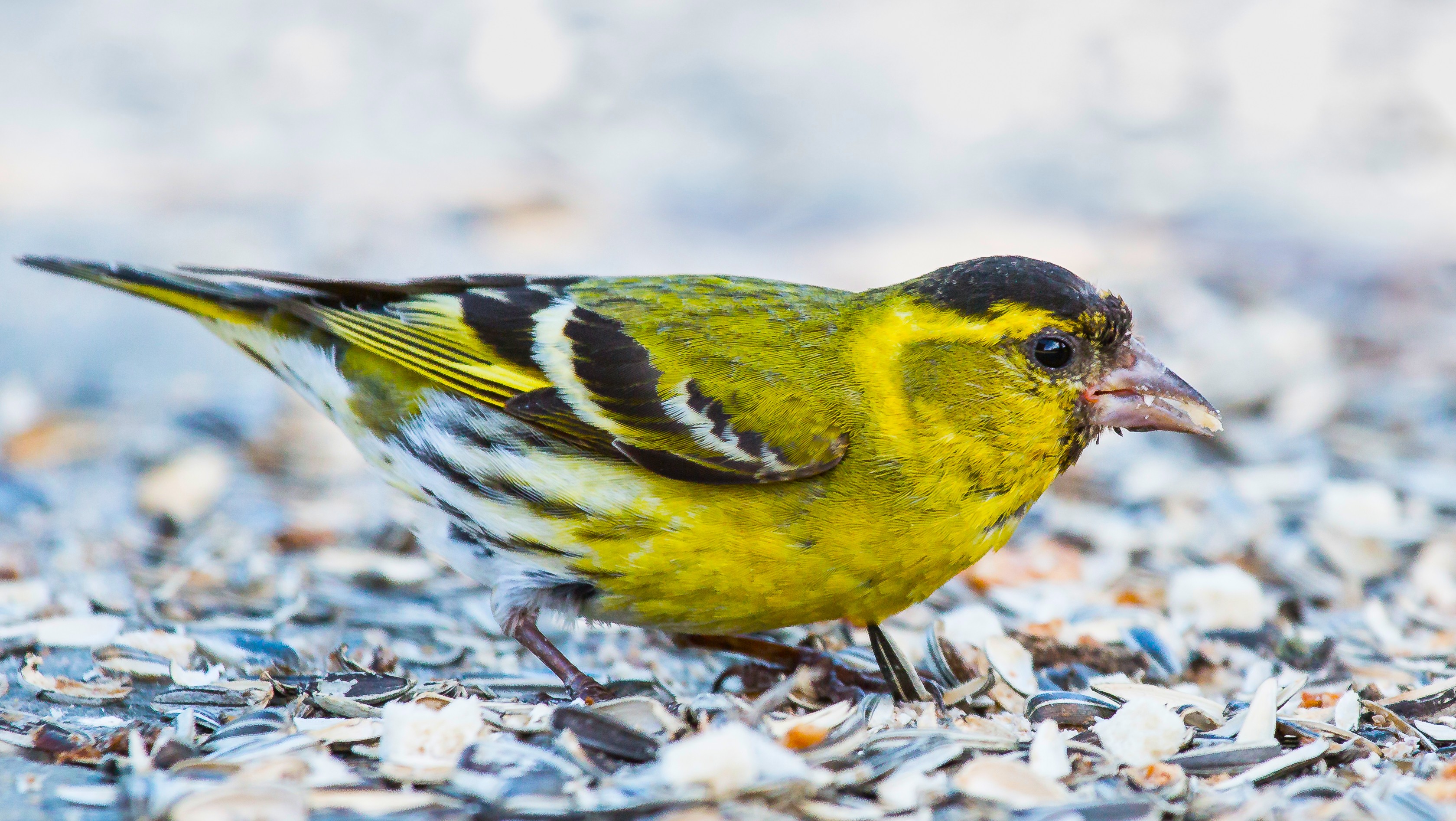

They were a popular bird to cage in Chaucer’s time on account of their good looks, mild manners, pleasant chattering and natural ability to settle down to a caged life. In these more enlightened times we can enjoy them all the more as they move in groups among the trees lining the river Colne or perhaps the wetter areas of Bushy park looking for alder trees whose seeds they seem particularly fond of.